INFINITY Education Mission Gets Major Boost
The booster of the most powerful rocket in history is on site and ready for its home in a new wing at INFINITY as a star exhibit. But there's more - much more - to come. Find out what's new and soon to come at the state-of-the-art science center.
- story and photos by Ana Balka
The S-1C was designed to fire up its five F-1 engines and to boost an entire Saturn V 3-stage rocket 61 kilometers into space before disengaging from the other two stages and falling to an ocean grave. Had it fulfilled its intended use, astronaut and Biloxi native Fred Haise would have been commander as it went up for Apollo 19, but budget cuts scuttled the mission in 1970.
Now instead of sitting at the bottom of the ocean, this world-renowned relic—the last remaining piece of flight-ready Apollo hardware that hasn’t been conserved or preserved—will welcome eastbound I-10 travelers to Mississippi from its perch on the edge of a nature preserve.
“We’re hoping that big icon of the S-1C will attract attention,” said Haise, now one of INFINITY’s board of directors’ most hands-on members. Haise anticipates the selective clearing of more land on the approach to INFINITY to increase visibility and lure more visitors from the 8.5 million cars that pass the Center each year. (We’ll follow up next month with more about my conversation with Mr. Haise, with whom I spoke just as this article was going to press.)
According to John Dumoulin, the INFINITY Center’s Director of Strategic Planning, housing the S-1C is just part of what will end up being significant expansion and increased learning opportunities at the Center.
The S-1C requires complete restoration; originally tested for flight at Stennis in 1970, it returned to the Michoud facility upon cancellation of the Apollo program, and has sat unprotected from the elements since 1978. The S-1C will be assessed, restored, and housed in an enclosed structure in view of I-10 traffic in what will be a new wing of the INFINITY campus, unnamed as of yet but slated to be dedicated to Apollo program history. You can’t see examples like this of the S-1C just anywhere. Three complete Saturn V restored rockets are on display in the U.S.: one at Kennedy Space Center in Florida, one at Johnson Space Center in Houston, and one at the U.S. Space and Rocket Center in Huntsville, Alabama. There are no parts left to build another complete Saturn V. As for the huge F-1 engines you see on the S-1C, “There aren’t many of these left, except those attached to the Saturn V,” Dumoulin explains, since their job was to be discarded after use. This being a complete, ready-to-go booster, I asked whether visitors might eventually get to see the inner workings. Dumoulin pointed high up on the side, to some panels that could be accessible by future walkway. “We envision being able to take some of those panels off, lighting on the inside to let you look at those inner tanks, the ribbings, the struts, and stays that are up in there to see how it’s all put together.”
Part of Dumoulin’s job is to raise funds for the project. He puts preliminary estimates at $5.4 million, divided between assessment (estimated at $65,000) and subsequent restoration and preservation of the S-1C (around $900,000), the actual surrounding structure at around $3 million, and an estimated $1.5 million in exhibits.
Proposals include a collections room for memorabilia and smaller items, and a records room for research on the Apollo program, especially as pertains to this area. Documents obtained as people retire from Stennis and the Michoud Assembly Facility contain information that libraries don’t have, with which there is potential “to build a collection that is unique, from a Gulf Coast, Mississippi, MAF/Stennis perspective, that you might not see in the Smithsonian,” Dumoulin says. An Apollo 4 capsule now at Stennis will also be brought over for display, as well as Apollo artifacts currently in the Space Mezzanine area of the building. NASA’s Space Launch System (SLS) vehicles, currently under development and designed for flight to Mars, will be built at MAF and tested at Stennis, also providing a unique opportunity for INFINITY to show continuity between the Apollo and Mars stories through the eyes of the Gulf Coast. “One advantage we have over any other museum,” Fred Haise said, “is we have a reservoir of some of the greatest technical experts in the country.” INFINITY works with teams from NASA, from the National Oceanic and Atmospheric Administration or NOAA, from companies like Rolls Royce and contractors like Lockheed. The thought, he says, is to get working groups from the various entities working with INFINITY together periodically to review the exhibits and tell the Center what should be updated. “We can take advantage of those smarts. No other museum in the country I know of would have that locally.” Dumoulin and I discussed the S-1C and developments at INFINITY in part while walking—then jogging, and finally running back to the building as rain began falling—on the Center’s Biome Boardwalk, an oasis of plants and wildlife between INFINITY’s building and I-10. Here, visitors will be able to view the far side of the S-1C from an observation deck currently under construction, and can traverse 1,400 feet of diverse habitats including lowland pine, pitcher plant bogs, bayhead swamps, and upland savannah. The boardwalk is designed in the shape of a lemniscate or an analemma, like the INFINITY logo itself. Moneys from Deepwater Horizon oil spill Natural Resource Damage Assessment (NRDA) fines—which went to the state and then to a number of state-proposed restoration projects—funded Biome Boardwalk, new electric vehicles for INFINITY’s 6-mile round-trip Possum Walk tram tours, and some of the indoor exhibits soon to open. These funds will go to create two classrooms to augment the five that exist now—one “wet,” with a laboratory, and one that might also be used for events. Also, a domed digital theater will seat approximately 60 people in reclining chairs for viewing films made especially for the structure. August is a big month for INFINITY and its visitors: the plan is to open four new exhibits at the same time, sometime between the middle of August and summer’s end. In the Hurricane Prediction Lab, participants will build hurricanes and “launch” them toward targets to teach how parameters make up hurricanes. An Environmental Monitoring exhibit will look at the different ways we monitor things like water, air, and river quality, river flow, and other environmental factors; an exhibit called “Wetlands Pachinko” uses a Japanese gambling game in which balls are sent tumbling through vertical arrays of pins as an analogy for the way wetlands filter out different particulates. The fourth (and possibly most “gripping”) exhibit features carnivorous plants like the Yellow Pitcherplant, indigenous to our area and which visitors will actually be able to feed mealworms. The plants, incidentally, will be rotated between a large, airy new indoor greenhouse close to the entrance and one that is soon to be constructed outdoors for optimum plant health.
Current exhibits already make INFINITY fascinating. Immersive film presentations show each half hour at Science on a Sphere immersive theater. Also, there are two screens on which various 3D films of bird flight runs on a loop. Spectacular footage and a poignant soundtrack make these pieces mesmerizing.
The main floor holds the Omega Flight Simulator, described as a “high tech thrill ride” in which you can experience the thrill of flight in a moving, high-definition theater. “Swamps to Space” shows Stennis Space Center’s beginnings in the marshes of Hancock County, along with recognition of the area towns displaced when the government invoked eminent domain in 1961. There is even a binder with listings of all the people who sold property in Stennis’s buffer zone. Upstairs in the Space Gallery is a Shuttle flight deck with landing simulator and a mock-up of the International Space Station’s Destiny module, not to mention model planes, a moon rock, real space suits, and a mid-century recreation of German rocket scientist Wernher von Braun’s fabled office that once overlooked Stennis from the tower on the space center’s campus. The main floor also holds an inflatable dome where the Center shows films at intervals, as a precursor to the domed theater that will be in the new wing. I filed in (four at a time, so as not to deflate the dome) with a group of Boys’ and Girls’ Club kids who had to leave five minutes later because they’d neglected to mention to any adults present that their bus was leaving, as kids will do. I admit being bummed for them that they had to miss “We Choose Space,” a short history of space flight, although those who chaperone herds of middle school students are the unsung heroes among us. That’s a great thing about INFINITY Science Center. There is appeal and inspiration here for groups, individuals, families, experts, and novices of all ages, and the Center is growing and changing quickly. Keep an eye on INFINITY’s website for news of exhibit openings and progress with construction on the S-1C housing and Apollo wing, and visit often. It’s a resource that is not in every backyard. Comments are closed.
|
Categories
All
Archives
July 2024
|
Shoofly Magazine Partners
Our Shoofly Partners are local businesses and organizations who share our mission to enrich community life in Bay St. Louis, Waveland, Diamondhead and Pass Christian. These are limited in number to maximize visibility. Email us now to become a Shoofly Partner!

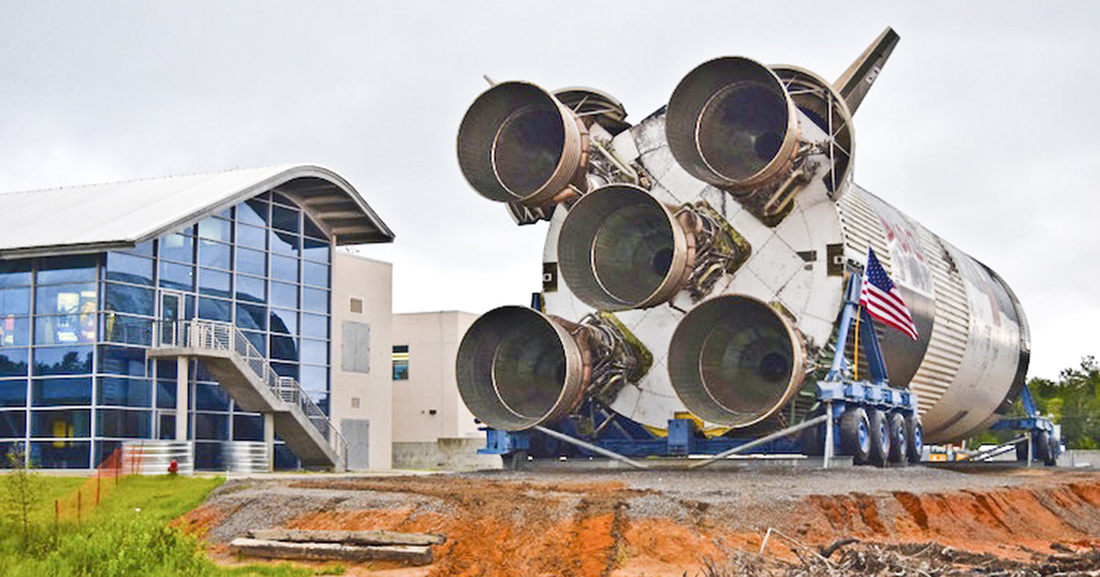

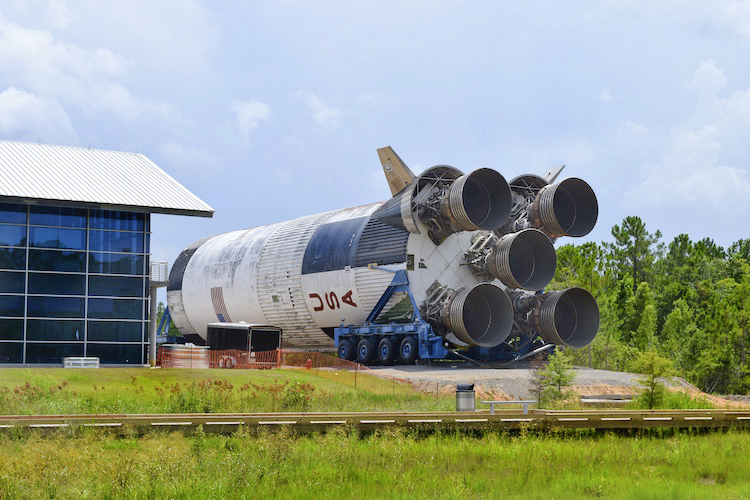
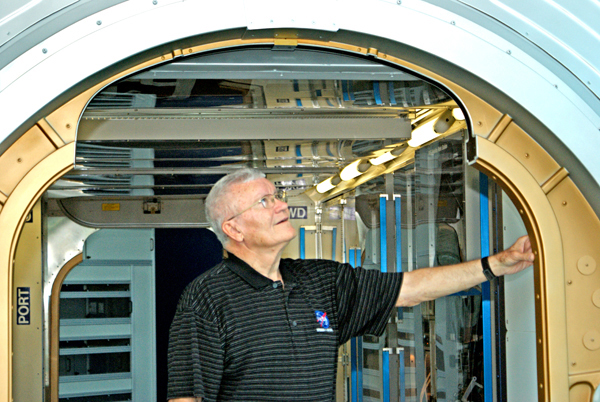
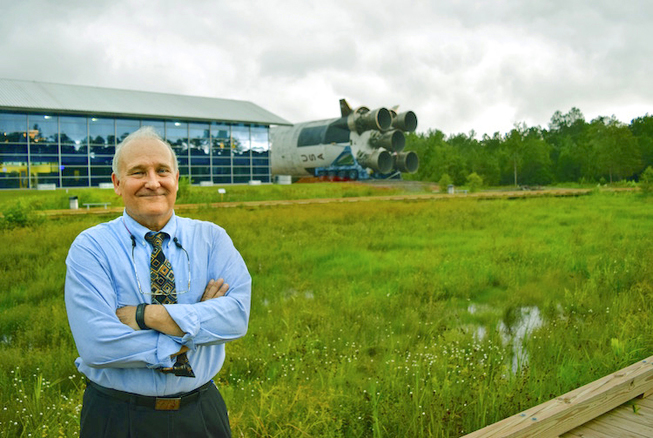
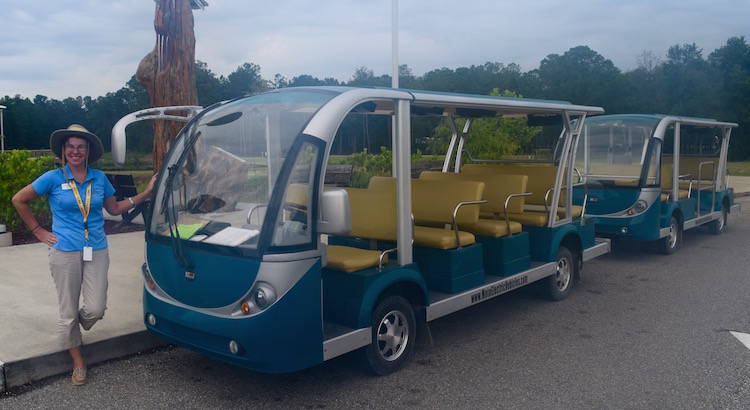
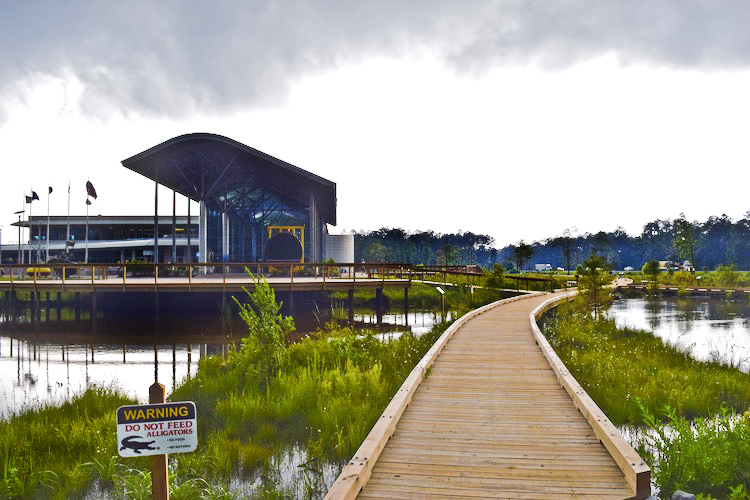
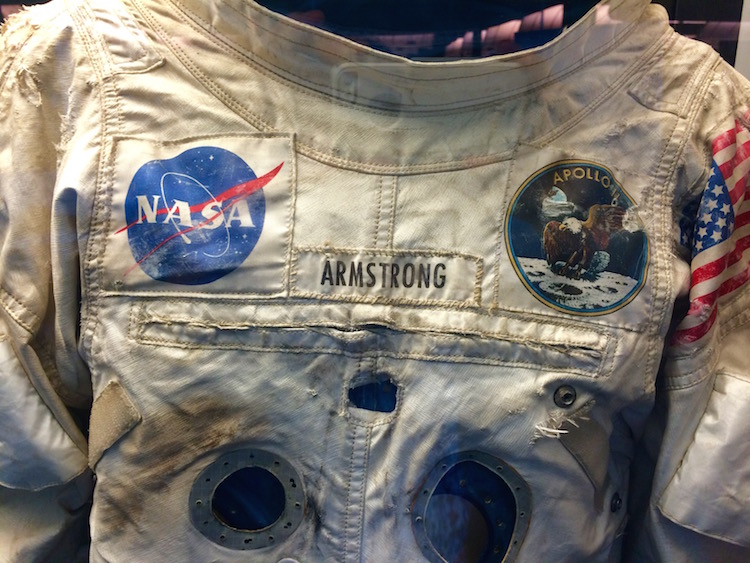
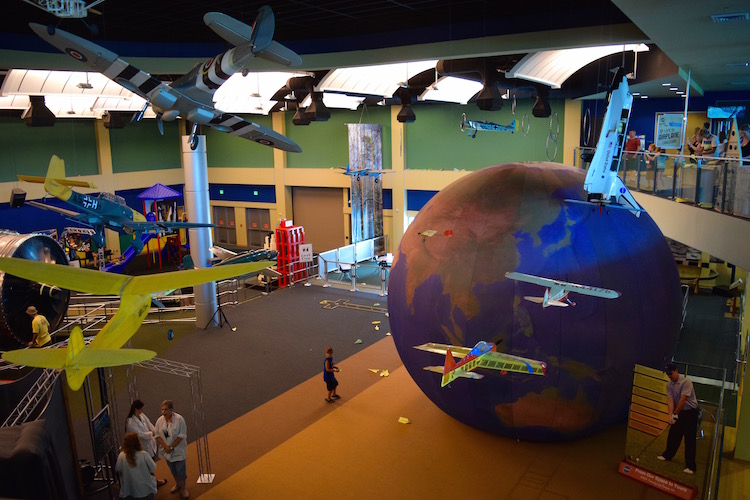

























 RSS Feed
RSS Feed























